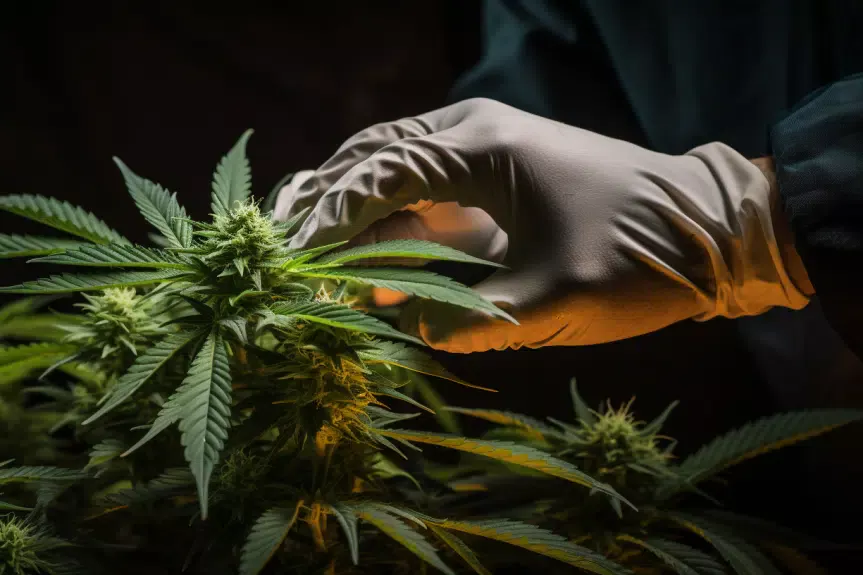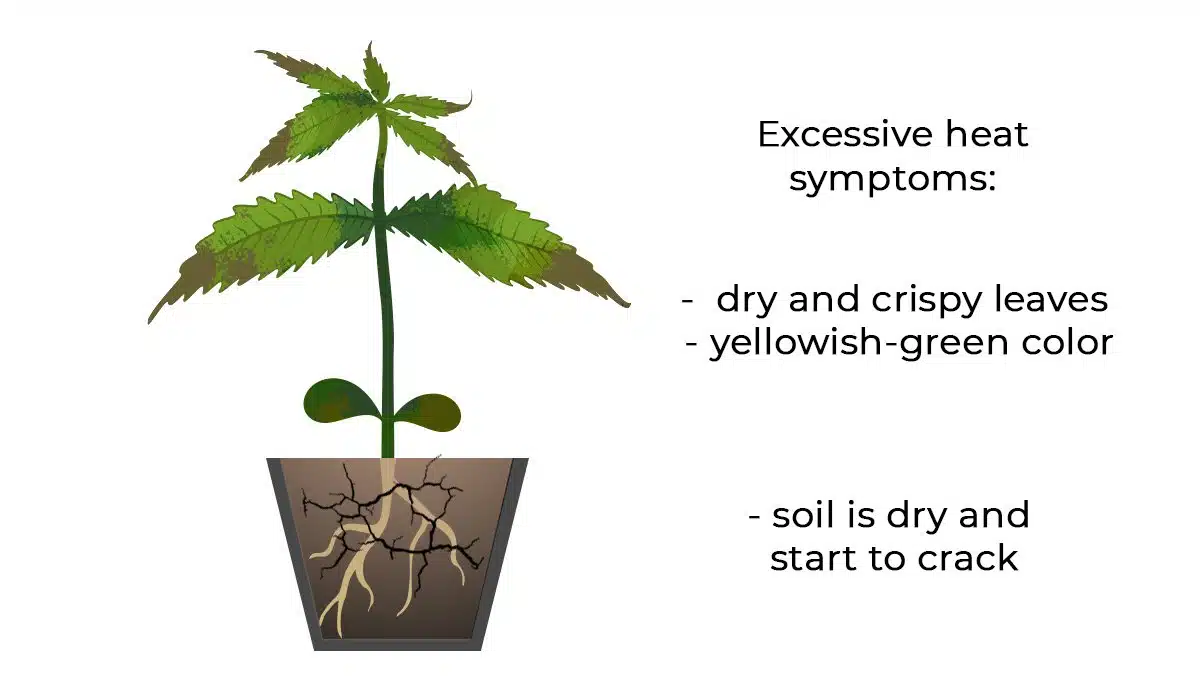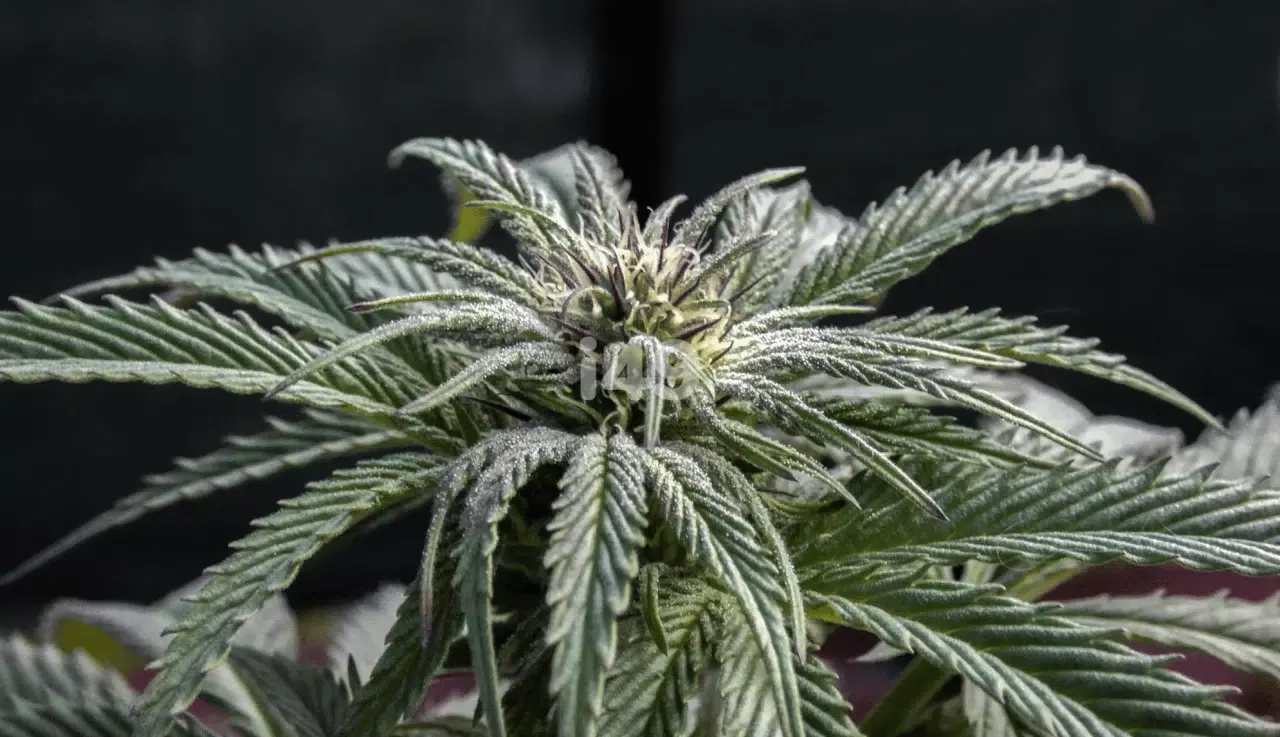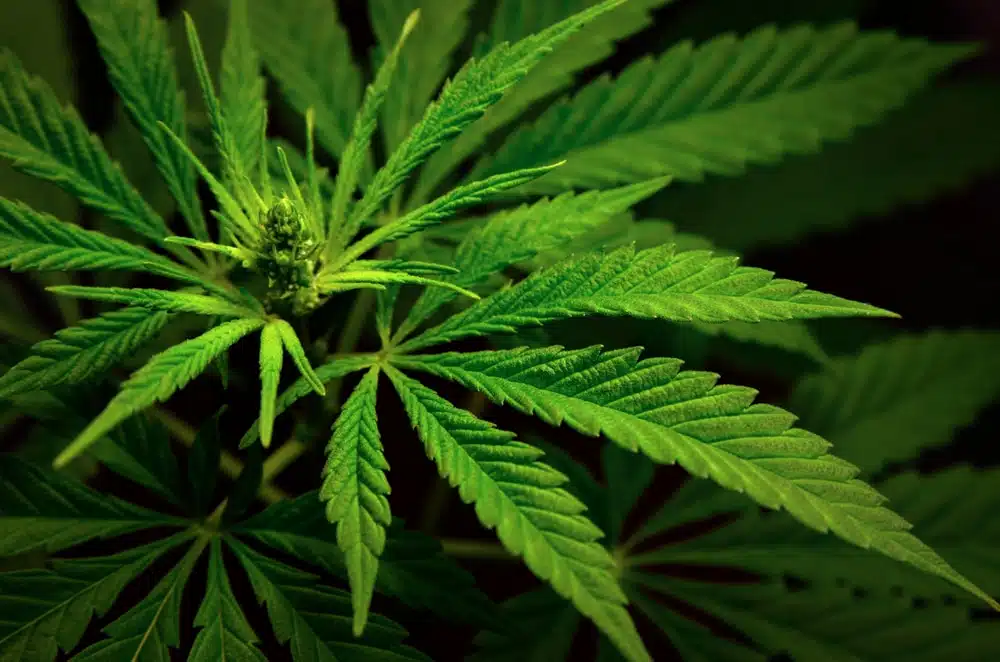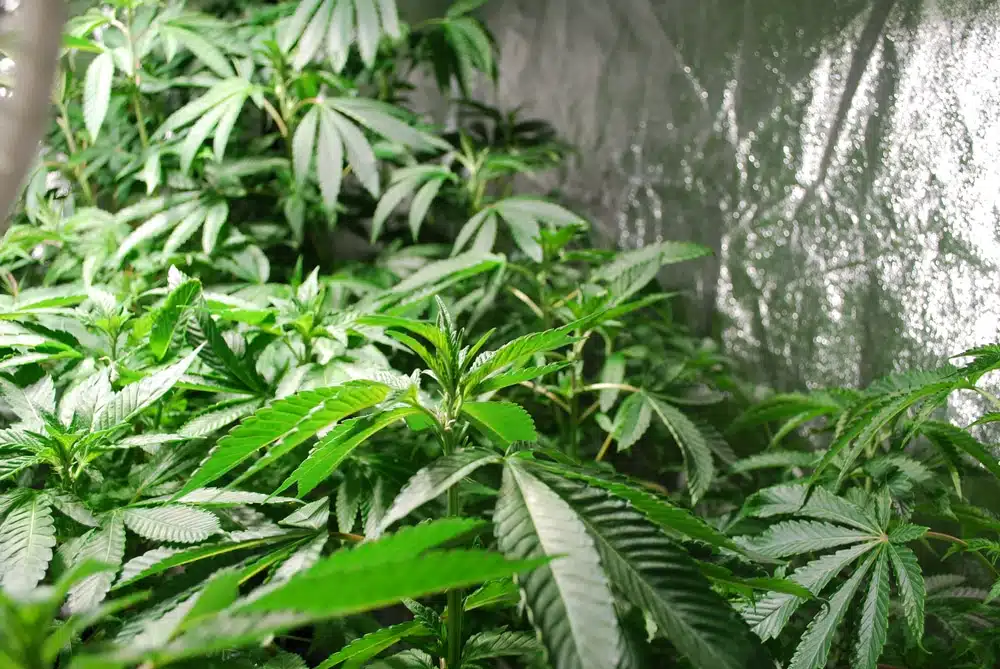How to Defoliate Cannabis Plants for Maximum Yield
You need to know how to defoliate cannabis plants if you want to maximize growth for a bigger yield.
We’ll show you how to do it effectively in this guide. You’ll learn about the benefits of defoliation, the best time to carry it out, and the essential tools you’ll need.
With our step-by-step guide, you’ll be able to confidently defoliate your plants and ensure a healthy harvest.
Let’s dive in and master the art of defoliation together.
What is cannabis defoliation?
Defoliation is the process of removing leaves from the cannabis plant during its growth cycle. This process is generally done to promote the growth of the buds and improve air circulation within the plant.
Defoliation can be done manually by hand or by using tools like scissors or pruning shears.
The main purpose of defoliation is to redirect the plant’s energy toward the growth of the flowering buds rather than the development of unnecessary leaves. This can lead to larger and more potent buds during the harvest, which means better yields.
What are the benefits of defoliation?
While it may seem counterintuitive to strip the plant of its leaves, there are actually several advantages to defoliating cannabis plants.
Firstly, defoliation allows for better light penetration. By removing excess foliage, you’re ensuring that light can reach the middle of the plant, including the lower branches. This helps to promote even growth and prevents the lower leaves from becoming shaded and stunted.
Secondly, strategically removing leaves can improve air circulation. When leaves are densely packed, it creates a humid environment that’s favorable for mold and mildew. By removing some of the leaves, you can reduce the risk of disease and risk of pests.
Just take care if you’re growing autoflowering cannabis seeds, as you can’t re-veg if you cause too much stress. Less is more with this seed type.
What is the best time to defoliate cannabis plants?
To ensure optimal results, it’s important to understand when and how to identify the best time to defoliate your cannabis plants.
Timing is crucial because defoliating too early or too late can negatively impact the growth and yield of your plants, as the leaves store nutrients.
The best time to defoliate cannabis is during the vegetative stage, specifically around 3 weeks. At this point, the plants have developed enough leaves to support photosynthesis and growth.
When identifying which leaves to remove, focus on those that are blocking light from reaching lower branches or bud sites. Additionally, look for damaged or yellowing leaves, as they can be signs of nutrient deficiencies or pests.
Removing these leaves won’t only improve the overall appearance of your plants but also redirect valuable resources toward the development of healthy buds.
What tools do you need for cannabis defoliation?
Here are four essential tools that you’ll need for successful defoliation:
Pruning shears: These sharp, handheld tools are perfect for precise cuts. They allow you to remove individual leaves or branches with ease, minimizing the risk of damaging the plant.
Trimming scissors: These small, sharp scissors are ideal for delicate trimming. They’re designed to reach tight spaces and make clean, accurate cuts, making them perfect for removing smaller leaves.
Gloves: Protecting your hands is crucial during defoliation. Gloves not only shield your skin from potential irritants but also prevent the transfer of oils and contaminants to the plant.
Disinfectant spray: Cleaning your tools between cuts is essential to prevent the spread of diseases or pests. A disinfectant spray will eliminate any potential pathogens, ensuring the health and vitality of your cannabis plants.
With these tools in hand, you’re now ready to embark on your defoliation journey and increase your yields. Remember to always work carefully and methodically, ensuring that you remove only the necessary foliage for optimal plant health and growth.
How to defoliate cannabis plants
Here is a step-by-step guide to help you learn how to defoliate your cannabis plants successfully. Remember that it’s recommended to defoliate during the 3rd or 4th week of your grow. Don’t do it too early or you’ll be back to stage one, and we all know how long it takes for marijuana seeds to break soil!
- Assess the plant: Before you start defoliating, take a close look at the different areas of the plant. Identify any dead or yellowing leaves, as well as any fan leaves that are blocking light from reaching the lower parts of the plant.
- Choose the right time: The ideal time to defoliate is during the vegetative stage or early in the flowering stage when the plants are still actively growing. Avoid defoliating during the late flowering stage as it may cause stress for the plant and affect bud production.
- Start from the bottom half of your plant: Begin by removing the larger fan leaves at the bottom of the plant. These leaves tend to receive less light, and removing them will redirect energy to the upper parts of the plant.
- Trim strategically: Focus on removing large fan leaves that are shading buds or blocking airflow. Be careful not to remove too many leaves at once, as it can shock the plant. Aim to remove no more than 20-30% of the foliage in one session.
- Monitor the plant: After defoliation, keep a close eye on your plants to ensure they’re responding well. Pay attention to any signs of stress, such as drooping or wilting. If you notice any negative effects, adjust your defoliation practices accordingly.
Remember, defoliation is a technique that should be used judiciously and in moderation. Like all plant training methods, less is more. Cannabis yields won’t improve if you take too much off and cause plant stress.
What are the top tips for cannabis defoliation?
Make sure to take proper precautions and follow these tips for a healthy defoliation process.
Defoliating cannabis can be beneficial for improving airflow, light penetration, and overall plant health. However, it’s important to approach this process with care to avoid causing stress or damage to your plants.
Here are some key tips to keep in mind:
Timing: Choose the right time to defoliate, typically during the vegetative stage or early flowering stage. Avoid defoliating during the late flowering stage, as it can harm bud development.
Start small: Begin with minimal pruning and observe how your plants respond. Gradually increase the intensity of defoliation as you gain experience and confidence.
Sterilize your tools: Before touching your plants, ensure that your scissors or pruning shears are clean and sterilized. This helps prevent the spread of diseases or pests.
Monitor environmental conditions: Keep an eye on temperature, humidity, and airflow during and after defoliation. Maintain optimal conditions to minimize stress and promote healthy recovery.
By following these precautions and tips, you can ensure a successful defoliation process that enhances the growth and yield of your cannabis plants.
It’s also worth learning how to trim a cannabis plant effectively after harvest.
Conclusion
Defoliation can be a beneficial technique for cannabis growers. By removing excessive foliage, growers can improve airflow, light penetration, and overall plant health.
It’s important to defoliate at the right time and use the appropriate tools to minimize stress on the plants. Following a step-by-step guide and taking necessary precautions will ensure a successful defoliation process that meets your plant needs.
Remember to always prioritize the health and well-being of your cannabis plants.

